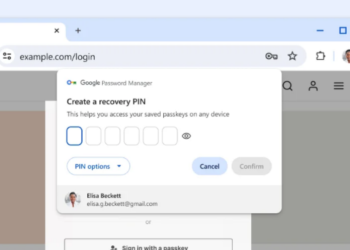OpenAI has launched DALL-E 3, the latest iteration of its text-to-image conversion tool, integrating features of its popular AI chatbot, ChatGPT. This merger aims to streamline the image-prompting process that has led to the emergence of “prompt engineering” as a specialized field.
DALL-E 3 is designed to make the prompting process simpler. Subscribers of OpenAI’s premium packages, ChatGPT Plus and ChatGPT Enterprise, can interact with ChatGPT to refine image prompts. A brief prompt can be expanded by ChatGPT, offering a more detailed guide for the DALL-E 3 model to craft the desired image.
OpenAI has also made improvements in the quality of images DALL-E 3 produces, claiming it to be more consistent with longer prompts. The model now better navigates areas that posed challenges to previous versions, such as the depiction of text and human hands.
Safety and ethical considerations have been addressed in this upgrade. DALL-E 3 is more cautious, with OpenAI stating that it will decline requests to replicate the style of living artists or depict well-known individuals. Moreover, in a move toward respecting intellectual property rights, artists have the choice to exclude some or all of their works from being a part of OpenAI’s future training datasets. This decision comes amidst legal challenges faced by OpenAI and peers over potential misuse of artists’ copyrighted materials in AI model training.
OpenAI’s DALL-E 3 reflects a broader trend of merging AI capabilities for enhanced user experience. By addressing the intellectual property rights of artists and refining image quality, OpenAI aims to set a higher ethical and performance standard in the AI domain.




















































